Few tree varieties arouse passions like the Norway maple does. Loved by some for its aesthetic qualities, hardiness and fast growth, it is disliked by others for some of the very same reasons.
The Norway maple has been widely cultivated for its ornamental value, and is indeed found in the wild in Norway. But despite its name, it has nothing to do with the country of the vikings.
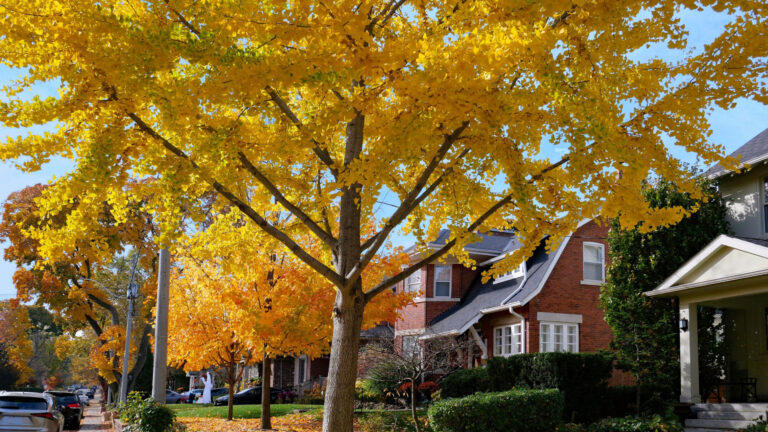
What has made this innocent-looking tree first so popular and then so reviled? Whether you're a nature enthusiast, a gardener, or simply interested in learning more about everything Norway, join us as we unravel the mysteries of the Norway maple.
Where is the Norway maple from?
Despite what its name suggests, the Norway maple is not from Norway. The species, also known by its scientific name Acer platanoides, likely originated in central and eastern Europe.
In the wild, it is found in central Europe and western Asia, from the border between Spain in France in the West, to central Russia in the East. From Greece and Northern Turkey in the South, to Southern Norway and Sweden in the North.
It has been theorised that the Norway maple got its name because it was introduced to Western Europe and Britain via Norway, in the 17th century.
At the time, Norway was an important centre for the trade of forestry products, and the theory goes that the tree found its way to Norway from Eastern Europe for that reason.
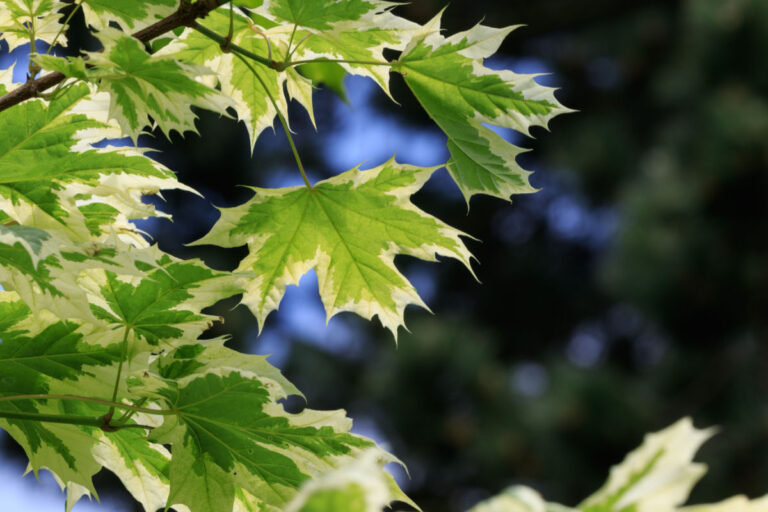
Whatever the actual reason is, the name stuck and the variety is now widely known as the Norway maple. It should be noted though that it has other names in other languages. In Norwegian, for example, it is called spisslønn (literally: pointy maple).
Spread of the Norway maple
The Norway maple colonises new areas primarily through its seeds, of which it produces enormous amounts. The characteristic “helicopter-like” seeds are very recognisable, and can cover large areas in a thick layer, when several adult trees are present.
In fact, the flowers, the seeds and the little branches falling from adult Norway maples are among the lesser reasons why gardeners dislike them. But we will get back to that later.
Another very important way in which the Norway maple has spread historically is by being actively planted by gardeners. The tree grows fast and creates a thick canopy of leaves which makes it a perfect shade tree.
In addition, it is resistant to poor soils and pollution, which made it a seemingly perfect choice for cities wanting to line up their streets with trees.
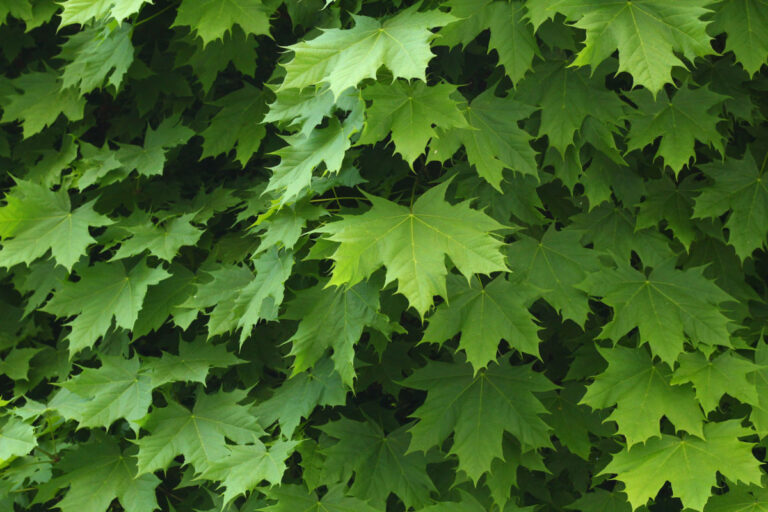
When the rapidly spreading Dutch Elm disease deprived many cities of their shade trees during the 1930s and 1940s, the fast-growing Norway maple seemed the perfect replacement candidate.
An invasive species
The characteristics behind the Norway maple’s success are the same that earned it its reputation as an invasive species in many jurisdictions. Its fast growth and efficient use of nutrients allow it to outcompete local varieties, such as the sugar maple in the Eastern part of North America.
The state of Massachusetts, for example, outright banned the Norway maple. The ban means that transporting Norway maples into the state, or planting their seeds, is prohibited.
It does not affect already existing trees, but property owners have to make sure that the seeds are not allowed to develop into fully grown trees (mowing usually takes care of that). Other jurisdictions do not go as far as an outright ban, but still consider the species to be invasive and have measures in place to limit its spread.
Despite its classification as an invasive species, the Norway maple is still widely available for sale as a shade tree in many gardening centres. This is one of the reasons why controlling its spread is so difficult.
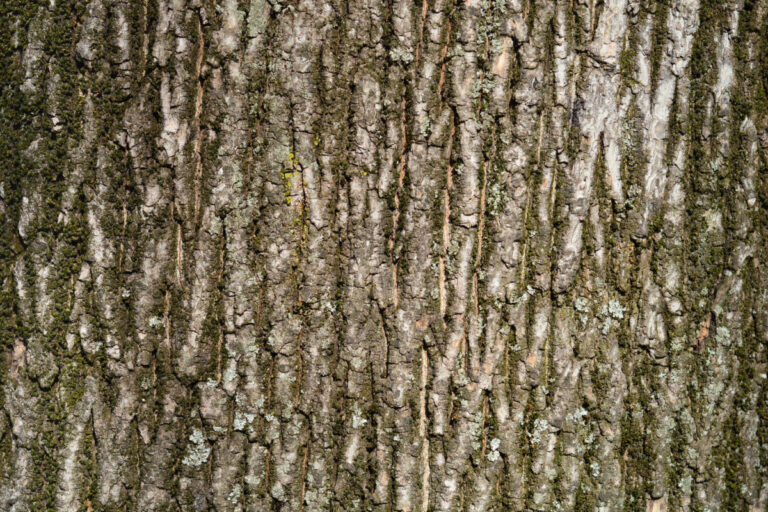
In Eastern Canada and a handful of US states, the Norway maple threatens the sugar maple and the maple syrup industry it supports.
The sugar maple is already under threat because of the warming climate, and gets easily outcompeted by the Norway maple in areas such as Montréal’s Mont-Royal parc, where a ban has been enforced since 2015.
Norway maple even invades Canadian currency!
Not content with outcompeting native species in forests, the Norway maple even made its way on Canadian currency. The super-modern polymer 20 dollar bills released in 2012 feature a Norway maple leaf next to the Queen’s portrait.
The Bank of Canada, which designs and produces Canadian bank notes, denied that the leaf was that of a Norway maple, claiming that it was a “stylised Canadian maple leaf that did not represent a specific species”. Botanists disagreed.
The stylised leaf featured on Canada’s national flag, with its 11 points, is inspired from the sugar maple.
It should be noted though that although it has been closely associated with Canada for over 100 years, the maple tree was not officially declared Canada’s arboreal emblem until the mid 1990s.
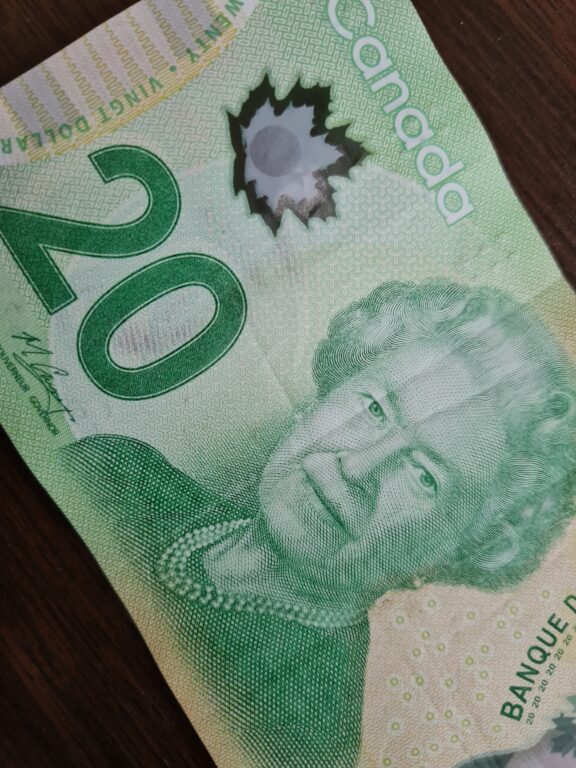
What to do if you have a Norway maple at home
If you have a Norway maple on your property, you should monitor its condition closely. The tree is known to grow quickly but not very solidly, and can easily break when subjected to strong winds.
The tree sheds lots of flowers in the spring, massive amounts of seeds later during the season, and lots of twigs in windy conditions. For these reasons, some gardeners see it as a high-maintenance tree.
Additional considerations come if you live in North America and have a Norway maple on your property. Because it is an invasive species, you should make sure that it does not spread beyond your property.
Either through mowing or weeding, remove seedlings when they appear. The seeds themselves can also be raked away and disposed of to prevent spreading.
If at all possible, you may want to consider removing the tree altogether to replace it with something else. The Norway maple’s ability to suck nutrients out of the soil means that few things grow under it, so removing it may give your garden a new lease on life.
Do you have a Norway maple on your property? Do you see it as problematic or not? Let us know in the comments!


I do have one in my garden (I currently live in France), it just grew out of the blue! I am keeping it as it is a beautiful tree in all seasons and seems very low maintenance so far (it’s 3 years old and already almost 2 meters high though I am regularly clipping it).
We have a Norway maple in our front yard. It’s about 10 inches in diameter at breast height and we absolutely love it.
I’ve got one in the hellstrip at my house. The developers plants it directly under the power line so it’s pruned aggressively by ComEd every year in a horrible lopsided crescent shape. It’s huge, healthy and beautiful in spite of that, but it worries me that it will snap in half from the uneven weight distribution.
I have two in the backyard, probably planted in the 50’s? The shade is wonderful, but don’t expect to grow anything underneath without a ton of work. Branches and limbs fall frequently not to mention, I’m constantly tripping on the raised roots. NOT a good yard choice.
Here in a suburb of Chicago/Westchester. We have many of them planted
and many seem to be slowly dying. I had an awful silver maple that the city
removed six years ago along my parkway. I have three triumph elms on
the parkway and have planted a wichita Osage orange tree in front of my house. Our city actually has a map of every tree in town…it is really cool.
https://westchestergis.maps.arcgis.com/apps/webappviewer/index.html?id=a10ede2e568949eb907dd64d1e06e9f5. My osage tree has died, but will
be replaced by the city in October. Love my Elm trees, they are growing 3-5 ft a year and have a nice vase shape !